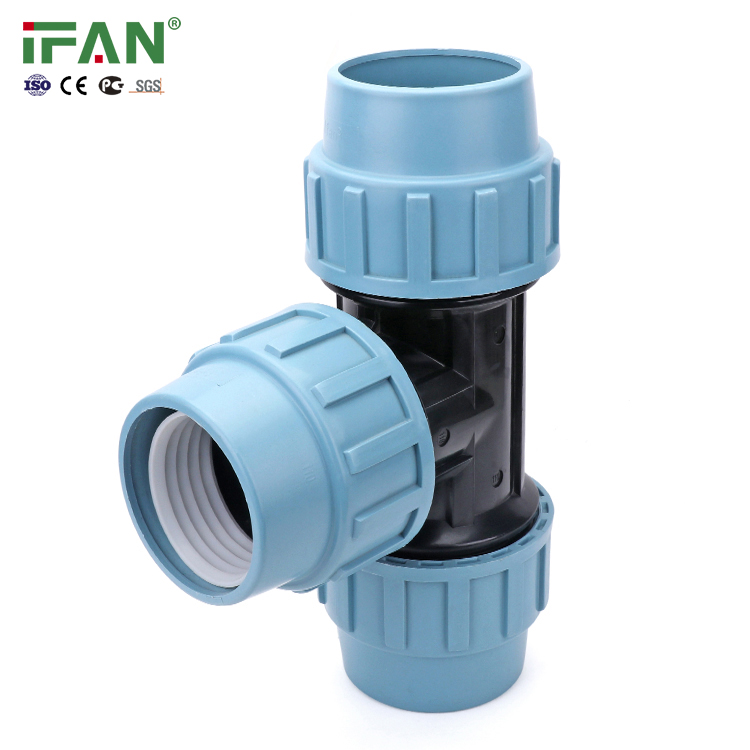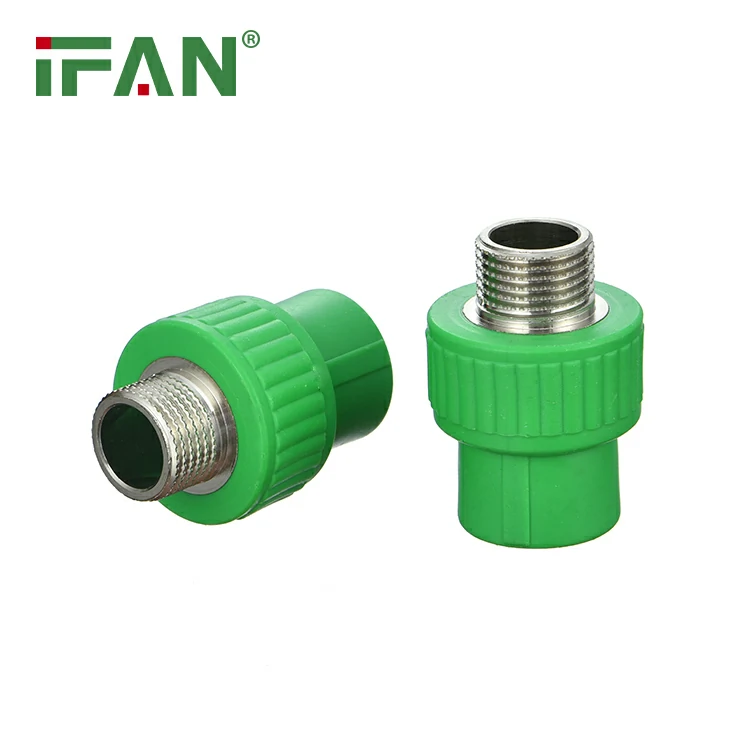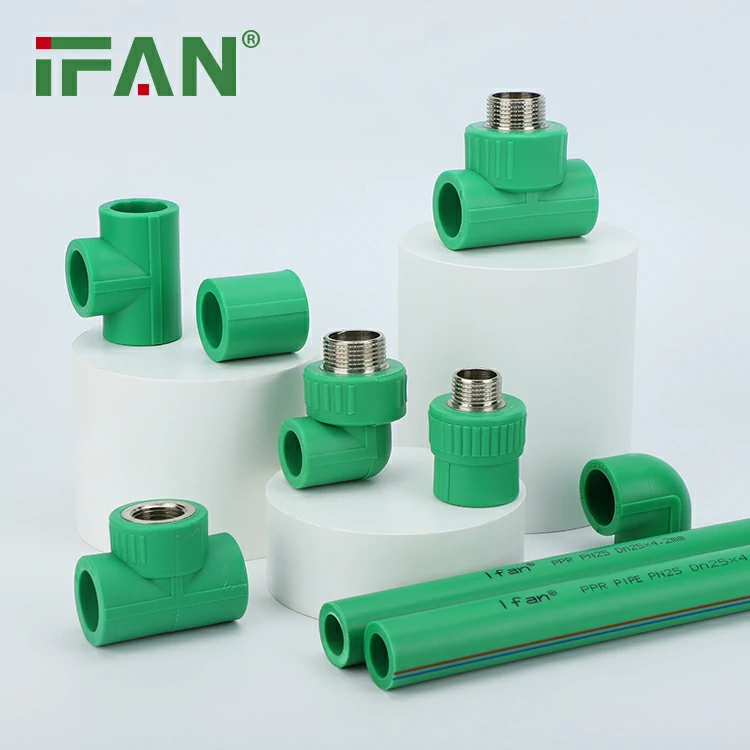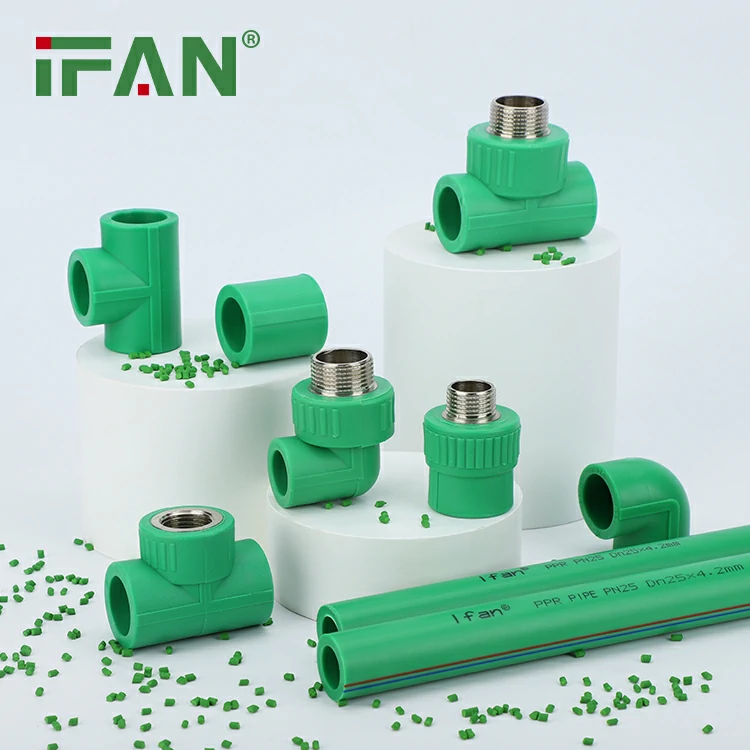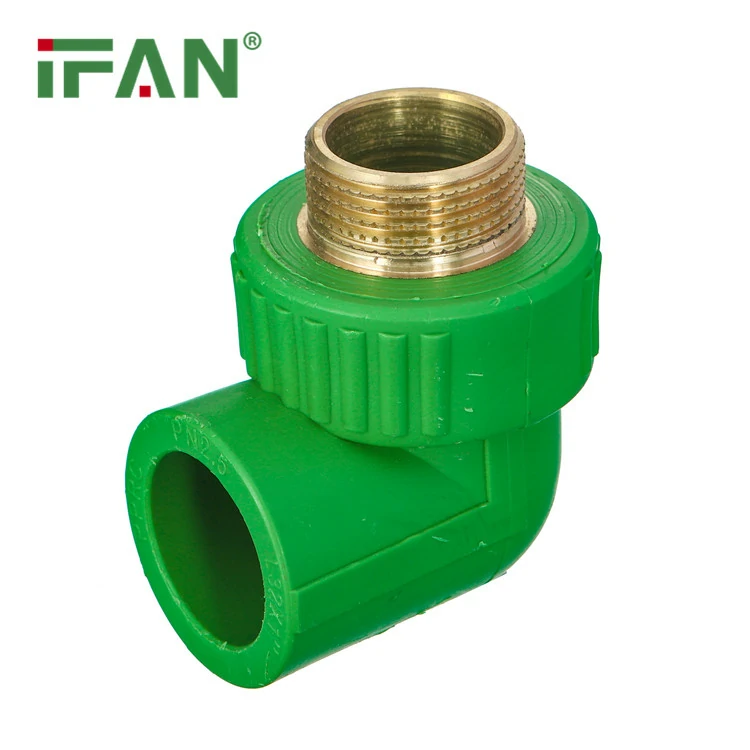HDPE Fittings vs. Traditional Piping Materials: Which is Better?
When it comes to piping materials, there are a lot of options available. Traditional materials such as PVC, copper, and steel have been around for years, but more recently, high-density polyethylene (HDPE) has become a popular choice. In this article, we’ll compare HDPE fittings to traditional piping materials and help you decide which one is right for your needs.
Let’s start by looking at the features and functions of HDPE fittings. HDPE is a type of plastic that is known for its durability and strength. The material is resistant to impact, abrasion, and chemicals, which makes it ideal for use in a variety of applications. HDPE fittings can be used in both above-ground and underground piping systems, making them incredibly versatile.
One of the biggest advantages of HDPE fittings is their longevity. Unlike traditional materials, HDPE does not rust or corrode over time. This means that HDPE fittings can last for decades without needing to be replaced. Additionally, HDPE pipes are flexible, which means they can handle ground movement and pressure changes without cracking or breaking.
In terms of cost, HDPE fittings are often more affordable than traditional materials. Installation is also typically easier and faster since the pipes can be fused together using heat. This eliminates the need for fittings and other connectors, which can add to the cost and time required for installation.
So, what are the benefits of traditional piping materials? Well, for one thing, they may be better suited for certain applications. For example, copper pipes are often preferred for plumbing since they are resistant to bacteria growth and can handle high water temperatures. Steel pipes are ideal for handling high-pressure gas and oil applications.
In conclusion, the decision between HDPE fittings and traditional piping materials ultimately depends on the needs of your specific project. HDPE fittings offer many advantages such as longevity, flexibility, and affordability. However, traditional materials may still be the best choice for certain applications. Regardless of your choice, it’s important to work with a reputable supplier to ensure that you get the highest-quality piping materials possible.
If you’re interested in learning more about HDPE fittings or other piping materials, contact us today. Our team of experts can help you find the right solution for your project and answer any questions you may have. Make the wise choice – choose HDPE fittings for your next piping project!
IFAN factory started in 1993. And IFAN has workshop 120000 square meter with 610 staff. IFAN can design and produce all plumbing pipe and fitting include PPR,PVC,CPVC PPSU HDPE PEXA PEXB PERT pipe and fitting ,brass fitting, brass ball valve ,heating system , gas system , sanitary faucets and hose, In the past 30 Years, IFAN has never forgotten his mission-To protect health and safety. And IFAN factory use best materials to produce high quality pipe and fittings with automatic production line and high tech quality control machines. The most important,IFAN can guarantee that all pipes and fittings manufactured by IFAN are qualified.
Free Sample(Click Here to Get Free Sample)
